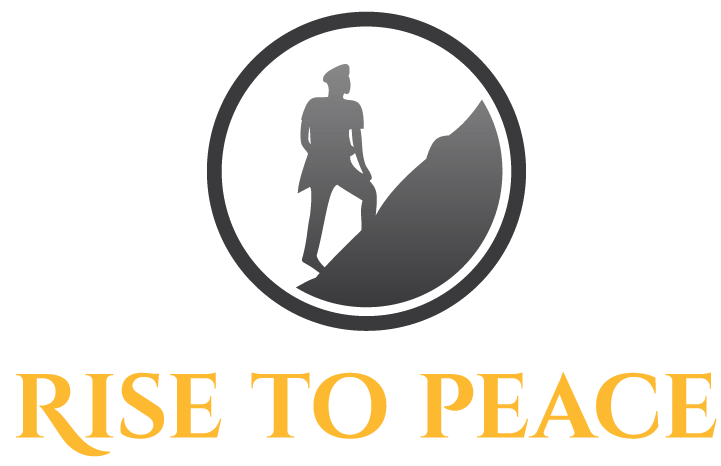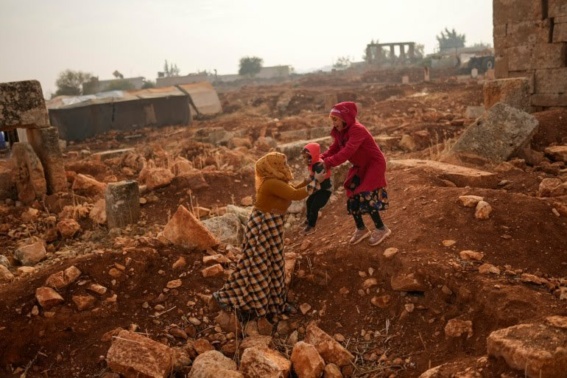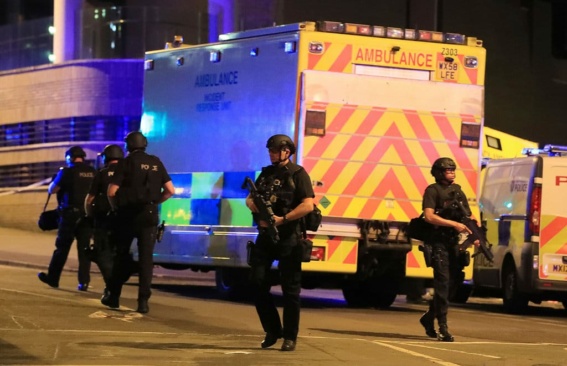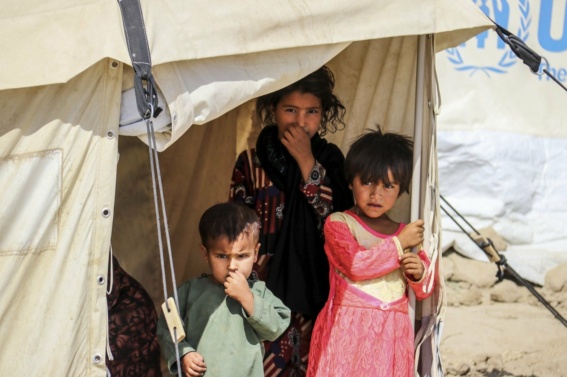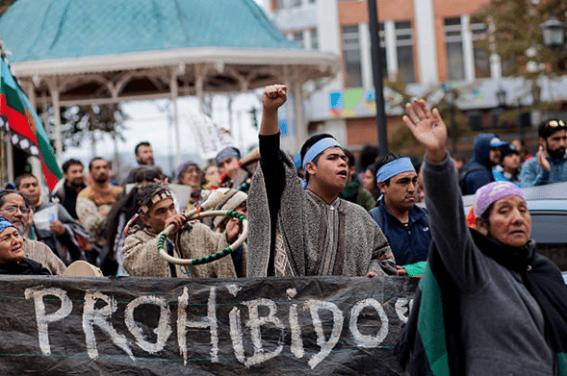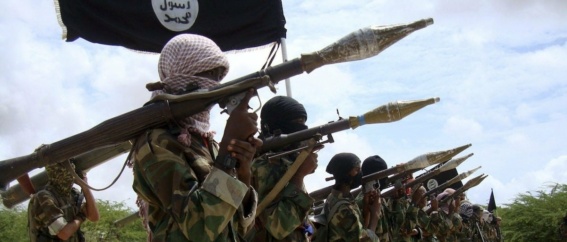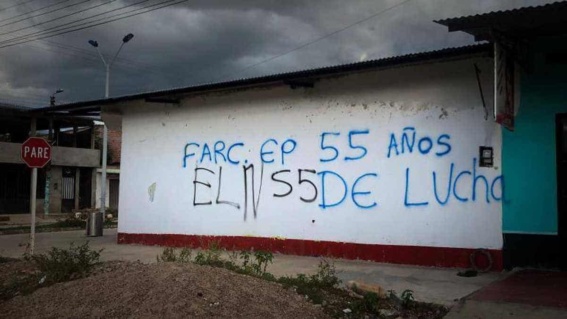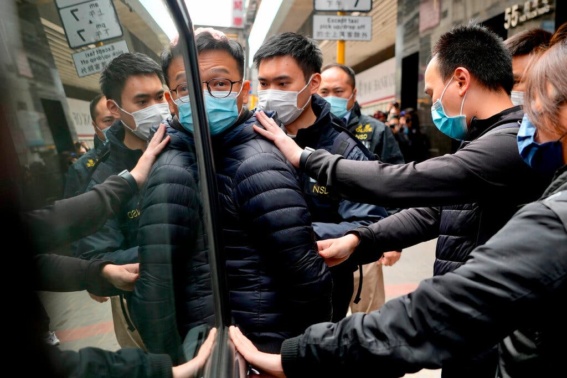For as long as new technology has emerged, governments have struggled to keep up with their use by extremist organizations. Such organizations utilize these spaces because it allows them to access platforms where global youth congregate, and it is an opportunity to disseminate their ideals. With current technological trends, the way in which we communicate will undergo several iterations with each new development in computation power and integration of platforms. One of the most salient technologies which has a large potential to be popular in the latter decades of this century is the metaverse. While still in its infancy and undefined, policymakers must understand what it is and how terrorists have used technology in the past.
Terrorism and Technology
In the decades prior to the advent of the internet, terrorist organizations had fewer options for making their presence known to an international audience. They also had a far more limited means of recruitment since their organizations were not well known outside of the region or state in which they conducted operations. In order to truly bring attention to their aims, these groups had to do something drastic which would break into popular newspapers and widely circulate. During this era, the most popular ways to accomplish this include hijackings, bombings, or assassinations. One of the best case studies for this period is the 1977 Dutch Train Hijacking.
The Moluccans had a long history with the Dutch as they were under colonial rule and aided their interests in the Dutch East Indies. This relationship continued after the Second World War when the Dutch promised them their own state in exchange for armed cooperation against the Indonesian rebellion. After the conflict, the Moluccans did not receive any of the state’s promises, and those who served in the Royal Netherlands Indies Army (KNIL) immigrated to the Netherlands in 1951. Those who grew up in Holland felt betrayed by the Dutch, but they had the misfortune of being a small minority advocating for a hypothetical state in a geographically isolated island chain. This desperation resulted in hijacking a train and taking over a primary school to advance their political aims. The incident was endemic to that era of terrorism.
However, the true paradigm shift in how terrorists interacted with media occurred years prior during the 1972 Munich Games. The games were meant to bring about a new chapter in German history and signal to the world that they had moved past their dark history. Members of the terrorist group Black September planned to take Israeli hostages in exchange for the release of over 200 Palestinians held by Israel. This marked a clear demarcation from tactics of this era as they chose an event where the world’s media gathered to cover the games. Moreover, the event also solidified an internationalization of terrorism which had commenced when hijackings became transnational rather than solely domestic.
As the Munich attacks lasted for ten days, terrorists began to see the power technology could have on furthering their aims. The next development in how terrorists utilized emerging technologies was during the 1990s, when extremist groups took advantage of the emerging 24-hour news cycle and the proliferation of primitive websites dedicated to their content. The estimated number of terrorist-centric websites was limited during this period, but it highlights their determination to use any new medium to gather attention and facilitate recruitment efforts. During the past two decades, extremist organizations have made use of social networks to radicalize individuals to commit attacks. Furthermore, ISIS was found to upload thousands of videos onto YouTube over a three-month period.
What is the Metaverse?
While terrorists have been quick to adapt to technological advances and evolutions, it is crucial for policymakers to understand what the Metaverse is. Defining the metaverse is difficult in the present moment as the concept is in its infancy. As Facebook changed its name to Meta, it showed a glimpse of what the metaverse could be. While initially describing the applications it intends to create, the metaverse will likely include a wide variety of technological trends to converge our digital lives with our real lives.
Many platforms will likely integrate various aspects of their services to change the way we communicate and engage with content. As this occurs, the generations who will grow up with this technology will be increasingly isolated with the amount of time they will spend in the metaverse and will be preyed upon in these spaces by extremist organizations. It is also possible that spaces in the metaverse could become a hub for cyber-terrorism and disinformation through the advancement of deepfakes.
What Stakeholders Can Do
The metaverse will likely not reach maturity within 2022 but rather in 5-10 years from now when the first immersive iterations will have the full capabilities which tech experts have envisioned. While the functionality of the metaverse is not yet at full capacity, there can be steps taken to address this emerging challenge concerning state security.
A way to stay ahead of the challenges of the metaverse is investing in researching the technologies comprising the metaverse. Governments will also need to strengthen bonds with the private sector to mitigate the influence of extremist groups on the platform. Taking such steps will ensure that the next evolution in communication and entertainment will be a space bereft of extremist content.
Christopher Ynclan Jr., Counter-Terrorism Research Fellow
